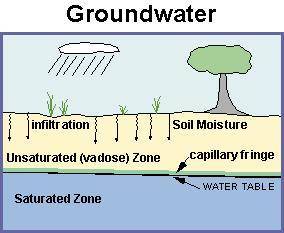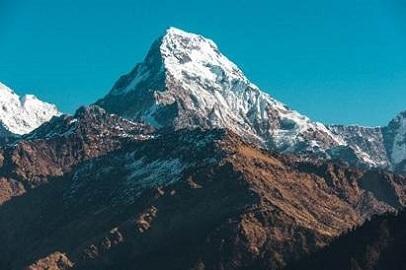
Biology, 15.07.2019 15:30 doggylover8655
Acity worker is trying to dig to reach the water table. she knows the unsaturated zone in the area is four feet thick and the saturated zone is another five feet thick before an impermeable granite layer is reached. how deep will she have to dig to reach the water table? two feet four feet five feet nine feet

Answers: 1


Another question on Biology

Biology, 22.06.2019 08:40
What best explains whether bromine (br) or neon (ne) is more likely to form a covalent bond? bromine forms covalent bonds because it has seven valence electrons, but neon has eight valence electrons and already fulfills the octet rule. bromine forms covalent bonds because it has many electron shells, but neon has only two electron shells and is tightly bound to its electrons. neon forms covalent bonds because it can share its valence electrons, but bromine has seven valence electrons and can gain only one more electron. neon forms covalent bonds because it has only two electron shells, but bromine has many electron shells and will lose electrons in order to fulfill the octet rule.
Answers: 3

Biology, 22.06.2019 09:30
Knowing the importance of the essential elements, why would someone chose a diet that does not address all of them?
Answers: 1

Biology, 22.06.2019 11:30
Female luna moths (actias luna) attract males by emitting chemical signals that spread through the air. a male hundreds of meters away can detect these molecules and fly toward their source. the sensory organs responsible for this behavior are the comblike antennae visible in the photograph shown here. each filament of an antenna is equipped with thousands of receptor cells that detect the sex attractant. based on what you learned in this chapter, propose a hypothesis to account for the ability of the male moth to detect a specific molecule in the presence of many other molecules in the air. what predictions does your hypothesis make? design an experiment to test one of these predictions.
Answers: 1

Biology, 22.06.2019 14:00
How far down have geologists drilled holes ? (science) a: 3.8 km b: 12 km c: 100 m d: 1200 km
Answers: 1
You know the right answer?
Acity worker is trying to dig to reach the water table. she knows the unsaturated zone in the area i...
Questions

Mathematics, 14.01.2021 17:40


History, 14.01.2021 17:40

Mathematics, 14.01.2021 17:40

Mathematics, 14.01.2021 17:40


Computers and Technology, 14.01.2021 17:40

Mathematics, 14.01.2021 17:40

English, 14.01.2021 17:40

Chemistry, 14.01.2021 17:40

Mathematics, 14.01.2021 17:40


Social Studies, 14.01.2021 17:40

Mathematics, 14.01.2021 17:40




English, 14.01.2021 17:40

Mathematics, 14.01.2021 17:40





